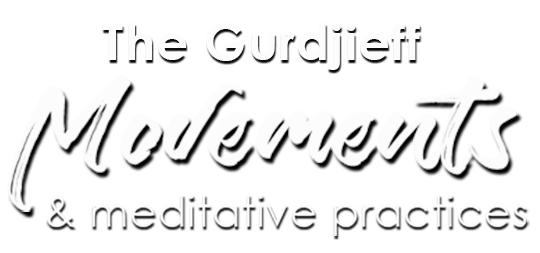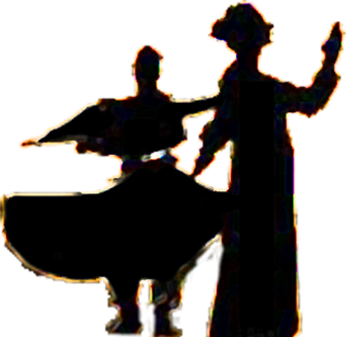What is the 4th Way
Beyond Yoga: Unveiling the Essence of Gurdjieff’s Fourth Way and Rhythmic
Movements.
What is The 4th Way?
The answer lies in a refined and lucid approach to spiritual growth. Unlike other traditions built on established doctrines, the 4th Way thrives on the principle of The Search. This philosophy rejects the blind embrace of preordained beliefs, instead urging us to embark on a personal quest for truth through inquiry and impartial assessment.
But what fuels this lifelong exploration? At its core, The 4th Way addresses the universal human desire: to navigate towards happiness and avert suffering. Yet, embarking on this path requires acknowledging the landscape, and that’s where comprehending the “other ways” becomes crucial.
Gurdjieff identified three established paths catering to specific human types: the Body Way for the physically inclined, the Head Way for the cerebral beings, and the Heart Way for the emotionally driven. Recognising these distinct approaches not only clarifies the essence of The 4th Way, but also paves the way for appreciating its unique position.
So, what makes it stand out? It draws upon the wisdom of existing traditions, weaving together unifying elements rarely found elsewhere. But its true revolutionary spirit lies in its relentless pursuit of The Search. It asks us to shed the shackles of dogma and embark on a personal journey of discovery, where truth is unearthed through active engagement, not passive acceptance.
Embodied Awakening Through Rhythmic Movement:
Poly Rhythmic Movements, dance, and yogic exercises have long been a gateway to transcendence in ancient traditions. Gurdjieff, a “Teacher of Temple Dancing,” spent decades seeking these secrets, crafting hundreds of precise, “Movements” that serve as both art and transformative tools.
These Movements aren’t mere choreography. It’s a path to understanding the greater teaching. Through focused attention, coordination, and collaboration, we are pushed beyond automatic behaviour and towards self-awareness. Like traditional yoga, they awaken deeper connections, not just within ourselves, but to
something greater.
The Movements are practical expressions of Gurdjieff’s “Work,” a path towards personal enlightenment.
Key Takeaways:
- Three traditional paths focus on specific aspects of development, often neglecting others.
- The 4Th Way integrates all three paths for holistic development.
- Gurdjieff’s movement exercises remain relevant for modern challenges such as,
attention, exhaustion and fragmentation. - These teachings and practices offer tools for navigating the complexities of our modern life.




